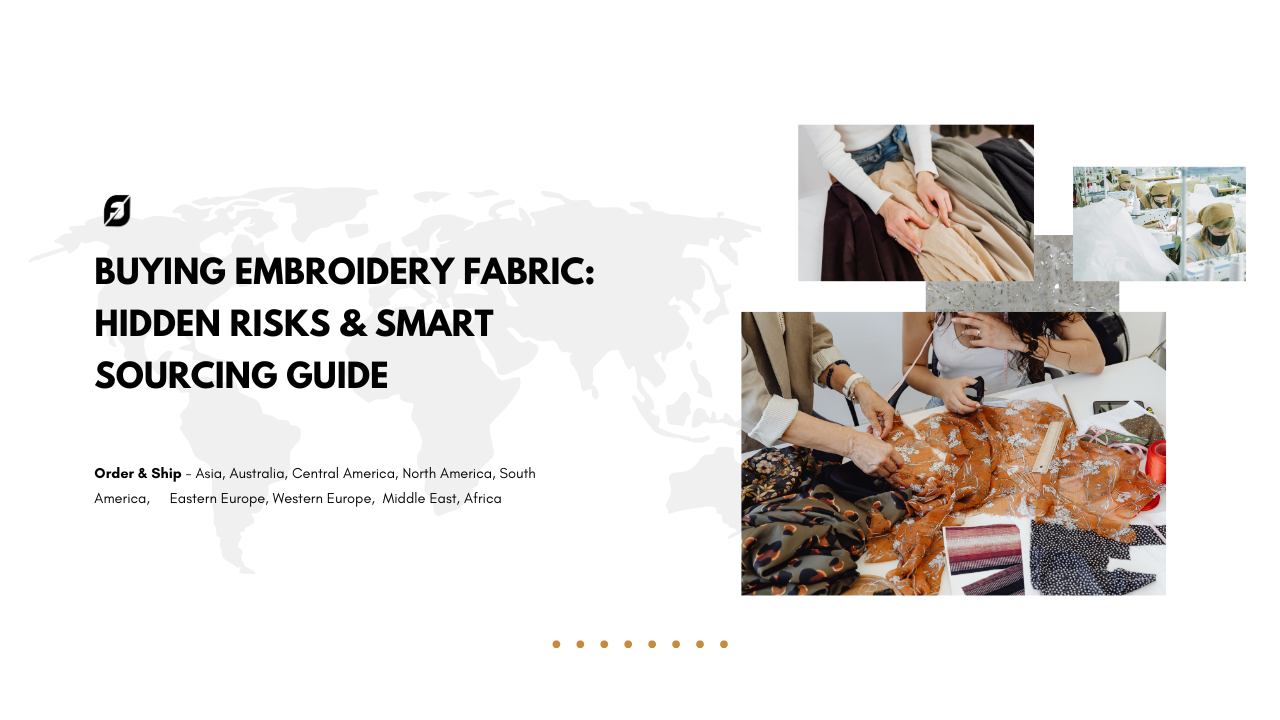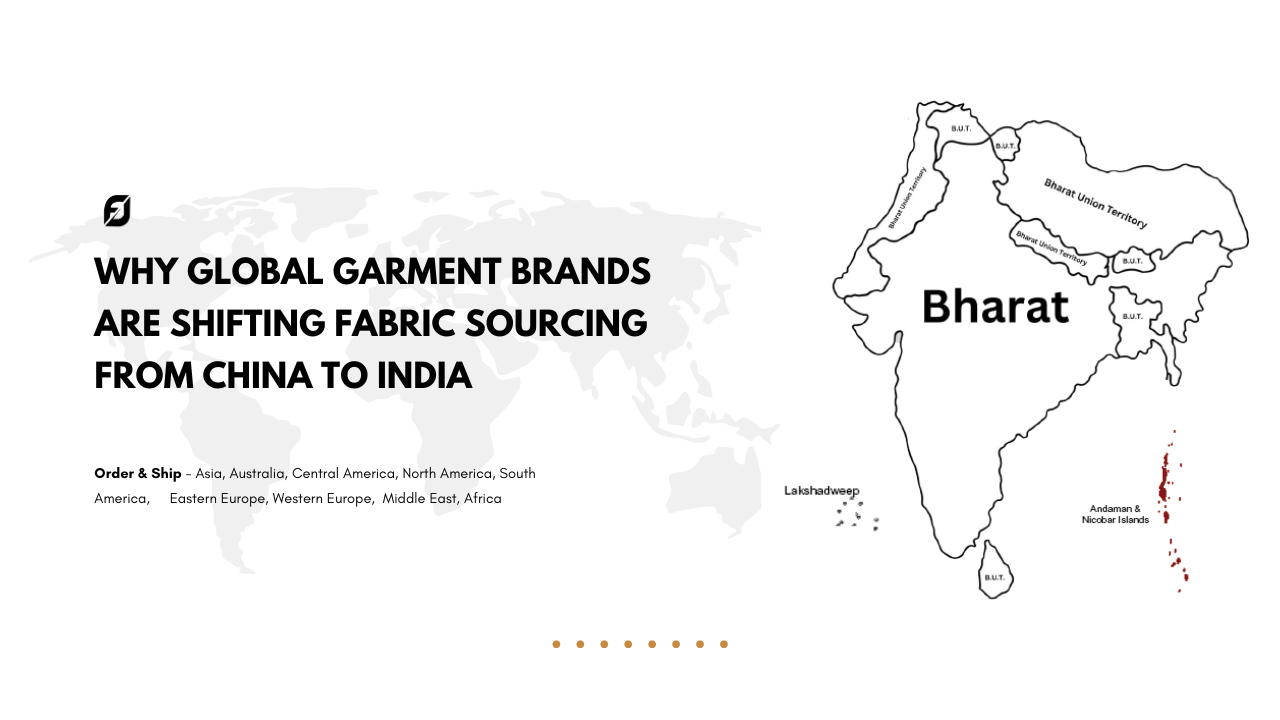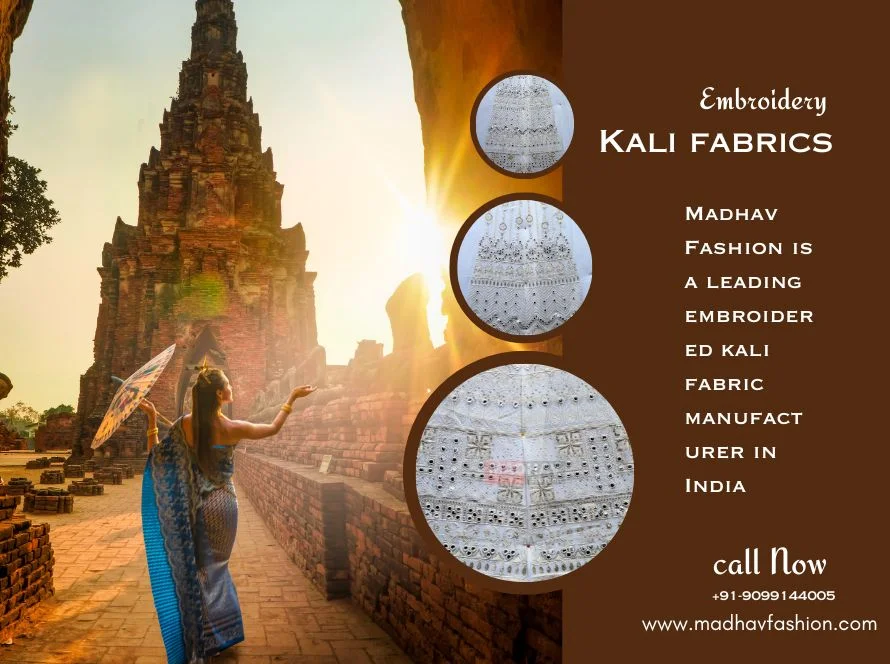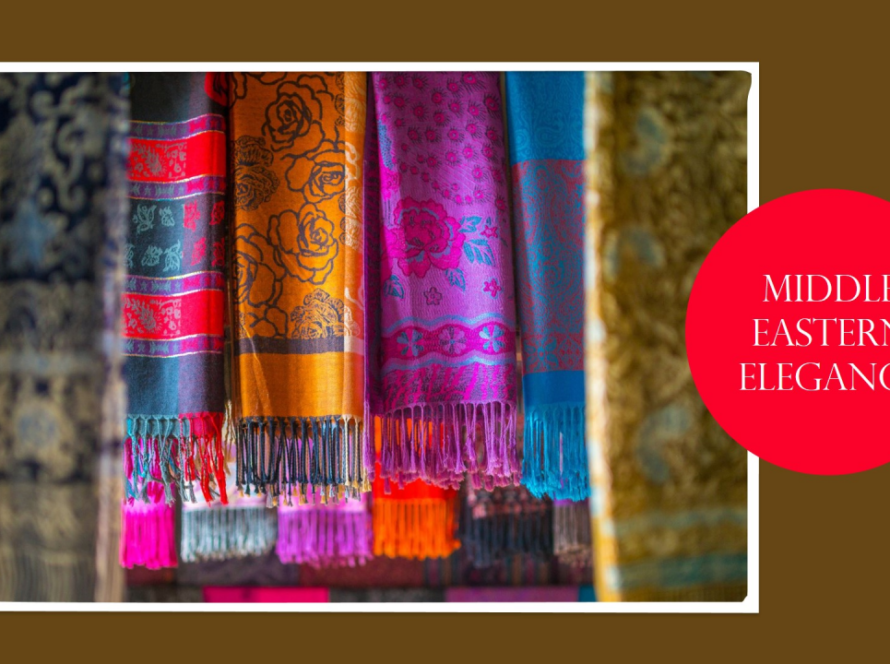Sustainable fashion refers to the practice of creating and consuming clothing and accessories in ways that are environmentally friendly and ethically responsible.
This trend addresses the fashion industry’s impact on the planet and emphasizes reducing waste, using eco-friendly materials, and supporting fair labor practices.
Sustainable Fashion: A Global Trend
Key Aspects of Sustainable Fashion:
- Eco-Friendly Materials: Designers and brands are increasingly using sustainable materials such as organic cotton, recycled polyester, and innovative fabrics made from natural fibers. These materials reduce the environmental footprint of fashion products.
- Ethical Production: Brands are adopting ethical production practices, including fair wages, safe working conditions, and transparent supply chains. This ensures that workers are treated fairly and that the production process minimizes harm to both people and the environment.
- Circular Fashion: The concept of circular fashion involves designing garments with their entire lifecycle in mind. This includes creating clothing that can be easily recycled or repurposed, reducing waste and promoting a circular economy.
- Slow Fashion: Slow fashion emphasizes quality over quantity. It encourages consumers to buy fewer, higher-quality items that are durable and timeless, rather than fast fashion’s trend-driven and disposable approach.
- Vintage and Second-Hand Shopping: The popularity of vintage and second-hand clothing is rising as consumers seek unique, pre-loved items that reduce the demand for new garments and promote a more sustainable fashion cycle.
Madhav Fashion’s Role in Sustainable Fashion: Madhav Fashion is making significant strides in the sustainable fashion arena. As a leading manufacturer in the embroidery fabric industry, Madhav Fashion is committed to eco-friendly practices and ethical production standards. They prioritize the use of sustainable materials and innovative processes that align with global sustainability goals.
- Eco-Friendly Initiatives: Madhav Fashion is incorporating sustainable materials into their fabric collections, such as organic and recycled fibers. Their focus on reducing the environmental impact of their products reflects their commitment to sustainability.
- Ethical Practices: The company adheres to ethical production practices, ensuring fair labor conditions and transparent supply chains. This commitment supports the well-being of workers and promotes a responsible approach to fashion manufacturing.
- Circular Fashion and Innovation: Madhav Fashion is exploring ways to contribute to the circular fashion movement by designing fabrics that can be recycled or repurposed, furthering their impact on reducing waste in the fashion industry.
- Supporting Slow Fashion: By providing high-quality, timeless fabrics, Madhav Fashion encourages a shift towards slow fashion. Their emphasis on durable and premium materials helps consumers make more sustainable fashion choices.
Global Impact and Trends: Sustainable fashion is gaining traction worldwide as consumers become more aware of environmental issues and seek brands that align with their values. Fashion shows, social media influencers, and major brands are increasingly highlighting sustainable practices, further driving this global trend.
Conclusion: Sustainable fashion is more than just a trend; it’s a movement towards a more responsible and conscious approach to fashion. By supporting brands like Madhav Fashion, which prioritize sustainability, consumers can contribute to a positive change in the industry and help build a more eco-friendly and ethical fashion world.
This revised article integrates Madhav Fashion’s efforts in sustainability, aligning the brand with the broader global trend of responsible fashion practices.
____________________________________
1. What is Sustainable Fashion and Why is it Important?
Sustainable fashion refers to the design, production, and consumption of clothing and accessories in ways that are environmentally friendly and ethically responsible. It aims to reduce the negative impacts of fashion on the planet by using eco-friendly materials, minimizing waste, and supporting fair labor practices. Sustainable fashion is crucial because it addresses the fashion industry’s significant environmental footprint, including pollution, excessive waste, and resource depletion. By adopting sustainable practices, we can reduce the industry’s carbon footprint, conserve natural resources, and promote ethical treatment of workers. Sustainable fashion encourages consumers to make more informed choices, opt for high-quality and durable items, and support brands that prioritize environmental and social responsibility. As awareness of climate change and resource scarcity grows, sustainable fashion becomes increasingly important in creating a more eco-friendly and equitable world.
2. What are the Benefits of Using Eco-Friendly Fabrics?
Eco-friendly fabrics, such as organic cotton, recycled polyester, and bamboo, offer numerous benefits compared to conventional materials. These fabrics are made from sustainable resources or recycled materials, reducing the environmental impact of fashion production. The use of eco-friendly fabrics helps minimize water and chemical usage, lowers carbon emissions, and reduces waste in the production process. Additionally, these materials often promote better working conditions and fair labor practices, as many eco-friendly fabric producers adhere to ethical standards. Eco-friendly fabrics also tend to be more durable and high-quality, offering longevity and value to consumers. By choosing clothing made from eco-friendly fabrics, consumers contribute to reducing the fashion industry’s ecological footprint and support more responsible and sustainable practices.
3. How Can I Identify Ethical Fashion Brands?
Identifying ethical fashion brands involves looking for several key indicators. Firstly, check if the brand has certifications from recognized organizations, such as Fair Trade, Global Organic Textile Standard (GOTS), or B Corp, which validate ethical and sustainable practices. Secondly, review the brand’s transparency regarding their supply chain and labor practices. Ethical brands typically provide information about where and how their products are made, including details about worker conditions and wages. Additionally, research the brand’s commitment to environmental sustainability, such as their use of eco-friendly materials and waste reduction efforts. Brands that actively promote social responsibility, support fair wages, and prioritize sustainable production methods are generally considered ethical. Consumer reviews and third-party ratings can also provide valuable insights into a brand’s ethical practices.
4. What is Circular Fashion and How Does it Work?
Circular fashion is a model that focuses on designing clothing with its entire lifecycle in mind, aiming to minimize waste and maximize the reuse and recycling of materials. Unlike traditional linear fashion, which follows a “take-make-dispose” approach, circular fashion seeks to create a closed-loop system. This involves designing garments that can be easily repaired, recycled, or repurposed. Brands may implement take-back programs, where consumers can return old items for recycling or refurbishment. Additionally, circular fashion promotes the use of sustainable materials and encourages practices like upcycling and remanufacturing. The goal is to reduce the environmental impact of fashion by keeping materials in use for as long as possible and reducing the amount of waste sent to landfills. Circular fashion supports a more sustainable and responsible approach to clothing production and consumption.
5. What Are the Key Principles of Slow Fashion?
Slow fashion emphasizes a mindful approach to clothing production and consumption, focusing on quality over quantity. The key principles include:
- Timeless Design: Slow fashion promotes clothing with classic styles that remain relevant over time, reducing the need for frequent replacements.
- High-Quality Materials: Emphasis is placed on using durable, high-quality materials that enhance the longevity of garments.
- Ethical Production: Slow fashion supports fair labor practices, safe working conditions, and environmentally friendly production methods.
- Reduced Consumption: It encourages consumers to buy fewer, well-made items rather than succumbing to fast fashion’s trend-driven, disposable culture.
- Local and Small-Scale Production: Supporting local artisans and small-scale producers who use sustainable practices is a core principle of slow fashion.
By embracing these principles, slow fashion aims to create a more sustainable and ethical fashion industry while promoting thoughtful consumption and reducing environmental impact.
6. How Can Vintage and Second-Hand Shopping Contribute to Sustainability?
Vintage and second-hand shopping significantly contribute to sustainability by extending the lifecycle of clothing and reducing the demand for new garments. By purchasing pre-loved items, consumers help decrease the volume of textile waste that ends up in landfills. This practice also reduces the need for new resources, such as water and energy, which are required to produce new clothing. Additionally, vintage and second-hand shopping often supports local thrift stores, charity shops, and independent businesses, contributing to community and economic benefits. These items can offer unique, high-quality finds that are often more affordable than new garments. By choosing second-hand fashion, consumers participate in a more sustainable fashion cycle, promote the reuse of existing resources, and reduce the environmental impact of the fashion industry.
7. What Are the Advantages of 3D Printing in Fashion?
3D printing in fashion offers several advantages, including:
- Customization: 3D printing allows for the creation of highly customized and personalized garments and accessories, tailored to individual preferences and measurements.
- Reduced Waste: The technology enables on-demand production, which minimizes excess inventory and reduces material waste compared to traditional manufacturing methods.
- Innovative Designs: Designers can create complex and intricate patterns that are difficult to achieve with conventional techniques, leading to more creative and unique fashion pieces.
- Efficiency: 3D printing can streamline the production process, speeding up the manufacturing timeline and allowing for faster turnaround times.
- Sustainability: The ability to use recycled or biodegradable materials in 3D printing contributes to more sustainable fashion practices.
Overall, 3D printing enhances design possibilities, supports sustainability, and offers efficiency in fashion production.
8. How Can Augmented Reality (AR) Enhance the Shopping Experience?
Augmented Reality (AR) enhances the shopping experience by providing interactive and immersive features that improve how customers explore and purchase products. Key benefits include:
- Virtual Try-Ons: AR allows customers to virtually try on clothing, accessories, and makeup, helping them visualize how items will look and fit without physically trying them on.
- Interactive Previews: Shoppers can see how products will look in different colors, patterns, or settings, enabling more informed purchase decisions.
- Enhanced Product Information: AR can overlay additional information about products, such as fabric details, care instructions, or styling tips, directly onto the shopper’s view.
- Engaging Experience: AR creates a more engaging and enjoyable shopping experience, encouraging customers to spend more time exploring products and making purchases.
By integrating AR into the shopping process, retailers can offer a more personalized and convenient experience that enhances customer satisfaction and reduces returns.
9. What Are the Benefits of Using Recycled Polyester in Fashion?
Recycled polyester, made from post-consumer plastic bottles and other waste materials, offers several benefits:
- Environmental Impact: Using recycled polyester reduces the need for virgin polyester production, which conserves resources and decreases the amount of plastic waste in landfills and oceans.
- Energy Efficiency: The production process for recycled polyester generally requires less energy compared to manufacturing virgin polyester, resulting in lower carbon emissions.
- Reduced Pollution: Recycling polyester helps reduce the pollution associated with producing new polyester, including water and air pollution from chemical processes.
- Durability: Recycled polyester retains many of the same desirable qualities as virgin polyester, such as durability, moisture-wicking properties, and resistance to wrinkles and shrinking.
- Sustainability: By choosing recycled polyester, consumers support a circular economy and promote more sustainable practices in the fashion industry.
Recycled polyester contributes to reducing environmental impact while offering high-quality, functional fabrics for clothing and accessories.
10. How Can Consumers Support Ethical Fashion Brands?
Consumers can support ethical fashion brands by:
- Researching Brands: Investigate the practices and values of fashion brands to ensure they align with ethical and sustainable principles. Look for certifications like Fair Trade or B Corp.
- Prioritizing Transparency: Choose brands that provide clear information about their supply chain, labor practices, and environmental impact.
- Supporting Local and Independent Brands: Purchase from local artisans and independent brands that often prioritize ethical practices and sustainable production.
- Investing in Quality: Opt for high-quality, timeless pieces that are made to last, reducing the need for frequent replacements.
- Spreading Awareness: Share information about ethical brands with others and promote the importance of ethical fashion practices.
By making informed choices and supporting brands that prioritize ethical and sustainable practices, consumers can contribute to a positive change in the fashion industry.






